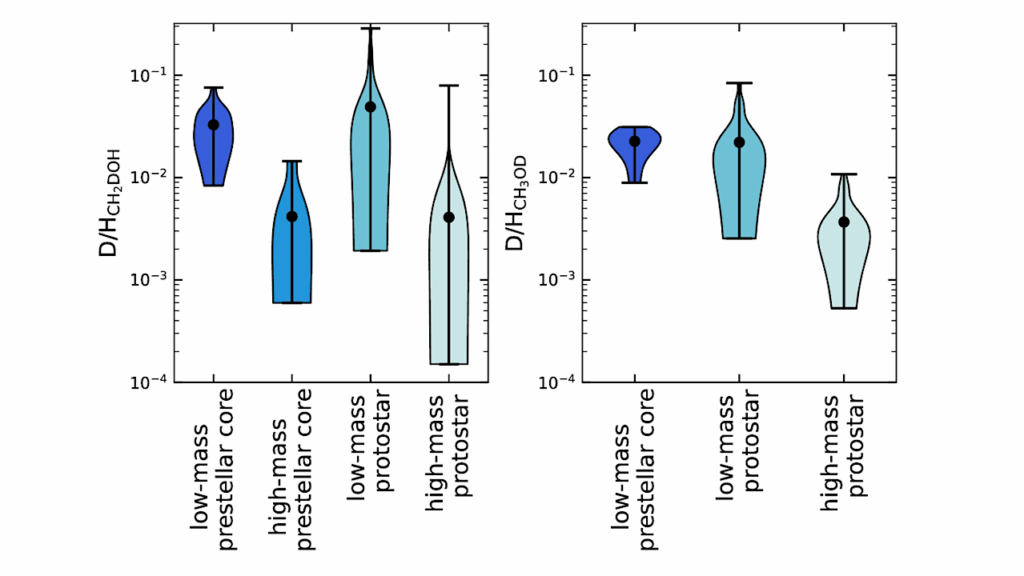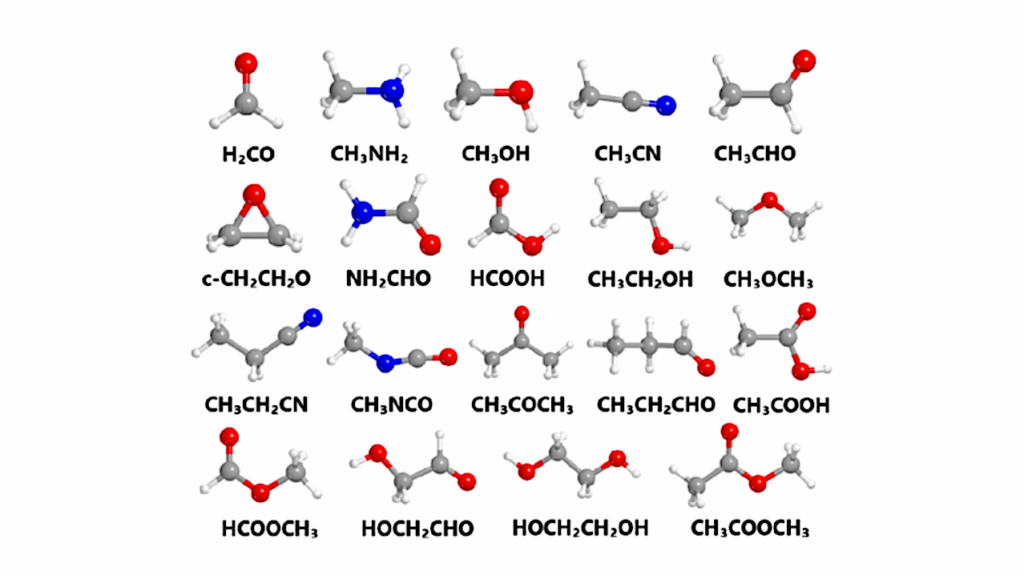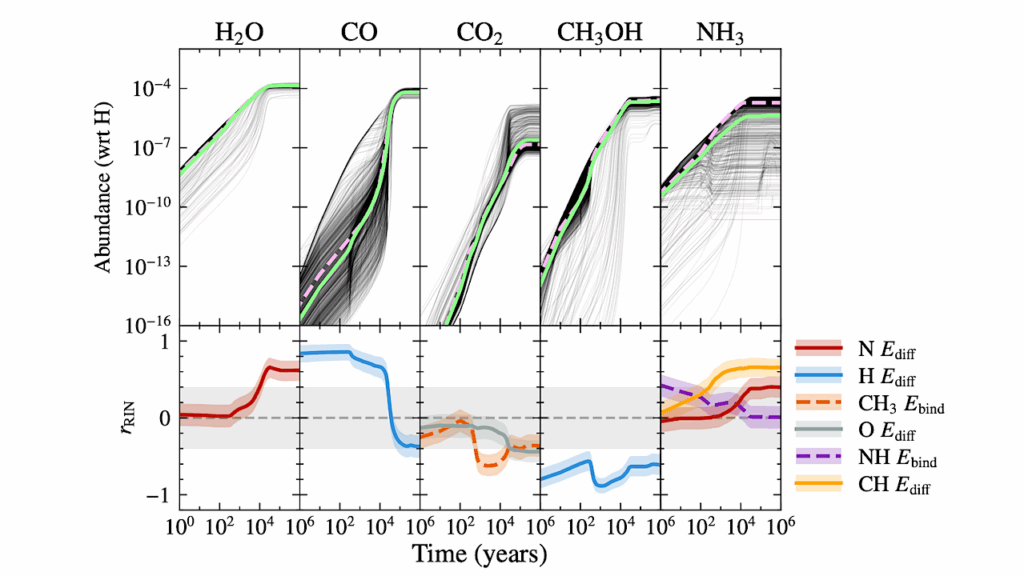Cliff Collapse On Comet 67P/Churyumov-Gerasimenko – I. Aswan

The Aswan cliff on Comet 67P/Churyumov-Gerasimenko collapsed on 2015 July 10. Thereby, relatively pristine comet material from a depth of ~12 m was exposed at the surface. Observations of the collapse site by the microwave instrument Rosetta/MIRO have been retrieved from 8 months prior to collapse, as well as from 5, 7, and 11 months post-collapse.
The MIRO data are analysed with thermophysical and radiative transfer models. The pre-collapse observations are consistent with a 30 MKS thermal inertia dust mantle with a thickness of at least 3 cm.
The post-collapse data are consistent with:
1) a dust/water-ice mass ratio of 0.9±0.5 and a molar CO2 abundance of ~30 per cent relative to water;
2) formation of a dust mantle after ~7 months, having a thickness of a few millimetres or a fraction thereof;
3) a CO2 ice sublimation front at 0.4 cm that withdrew to 2.0 cm and later to 20±6 cm;
4) a thermal inertia ranging 10-45 MKS;
5) a gas diffusivity that decreased from 0.1m2s−1 to 0.001m2s−1;
6) presence of a solid-state greenhouse effect parts of the time.
The data and the analysis provide a first empirical glimpse of how ice-rich cometary material ages and evolves when exposed to solar heating.
Björn J. R. Davidsson
Comments: 22 pages, 24 figures. This is a pre-copyedited, author-produced PDF of an article accepted for publication in MNRAS following peer review
Subjects: Earth and Planetary Astrophysics (astro-ph.EP)
Cite as: arXiv:2311.11158 [astro-ph.EP] (or arXiv:2311.11158v1 [astro-ph.EP] for this version)
Journal reference: Mon. Not. R. Astron. Soc. 527, 112-133 (2024)
Related DOI:
https://doi.org/10.1093/mnras/stad3055
Focus to learn more
Submission history
From: Björn Davidsson
[v1] Sat, 18 Nov 2023 20:19:36 UTC (1,874 KB)
https://arxiv.org/abs/2311.11158
Astrobiology, Astrochemistry, Astrogeology,








